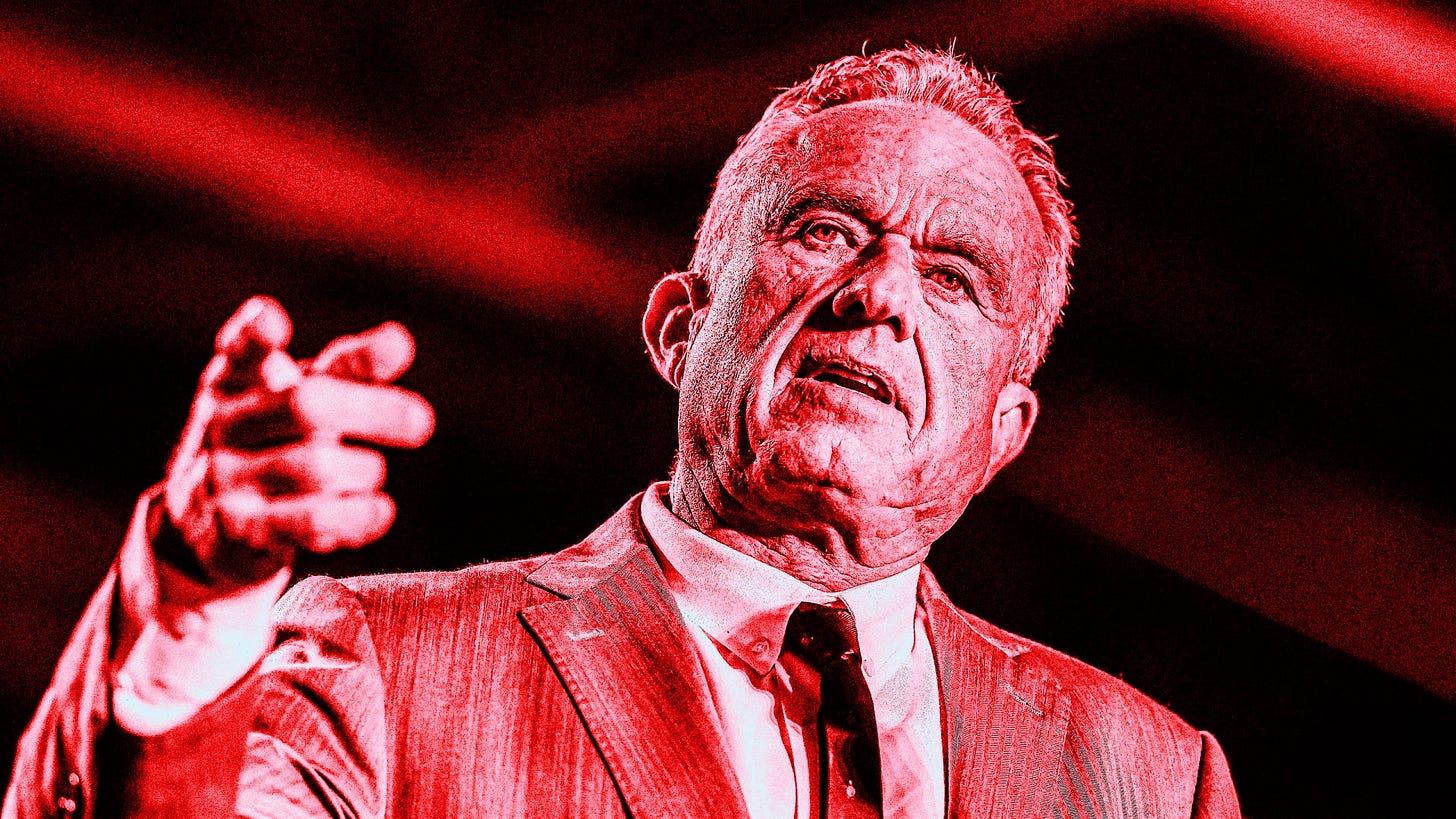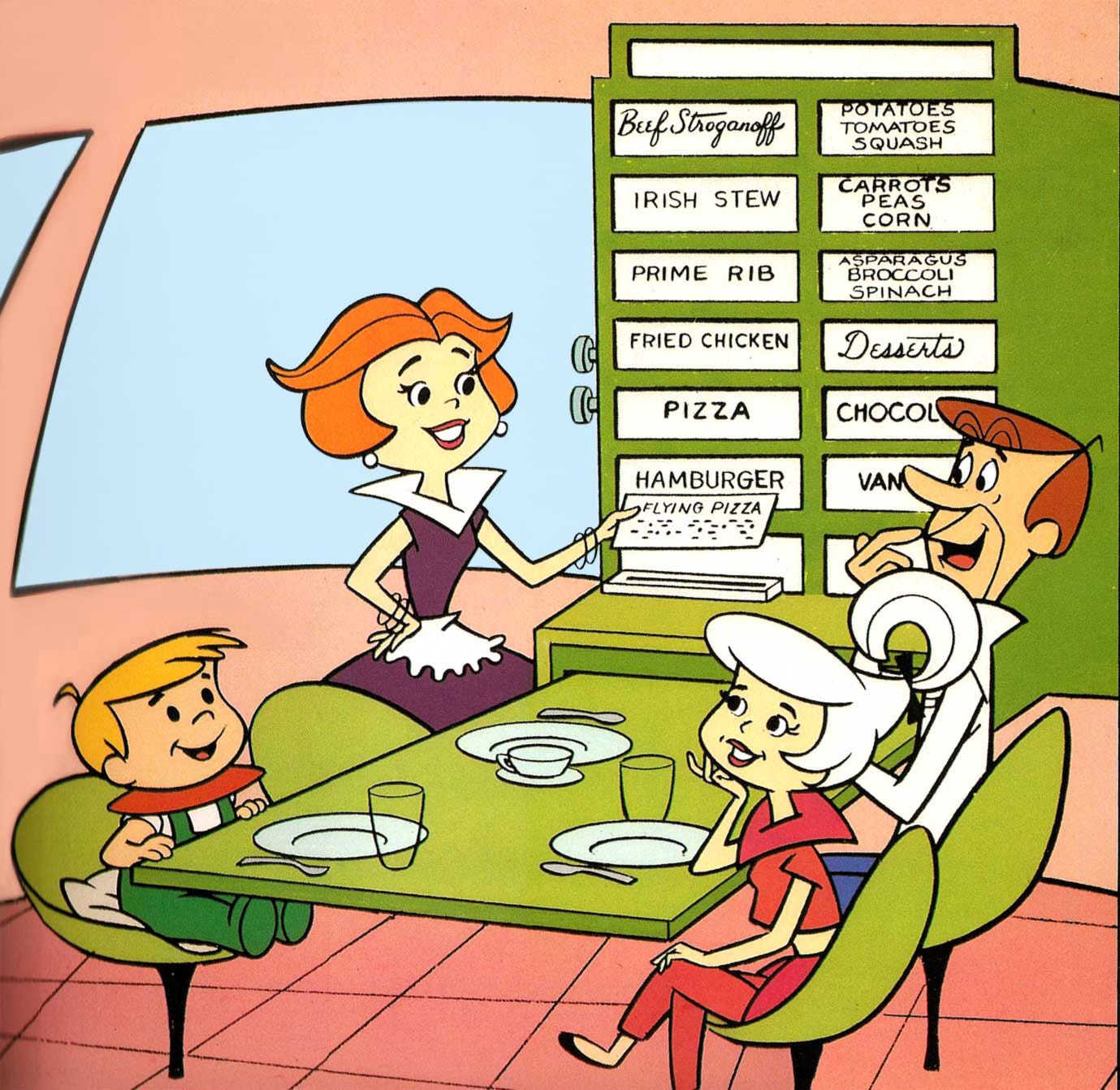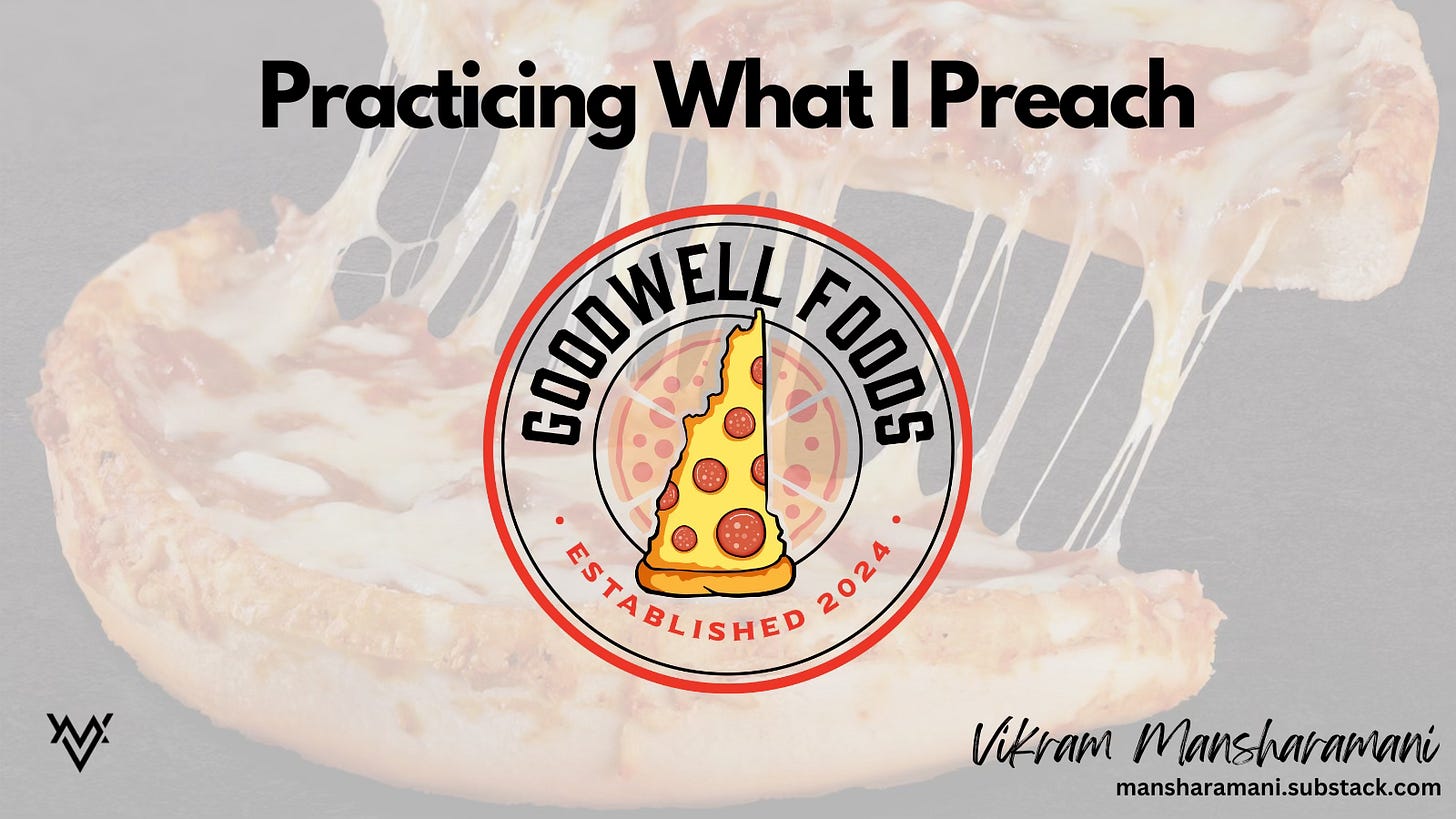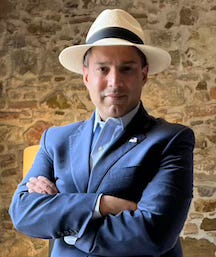For years, I’ve suggested that the best way to navigate uncertainty is to integrate thinking by crossing silos and connecting dots. I’ve often described this method as the “generalist approach” because it prioritizes breadth of perspective over depth of expertise. It is impossible, I believe, to fully appreciate the complexities of our time without combining geopolitical, macroeconomic, regulatory, political, technological, demographic, and social perspectives. At the core of my thinking is a simple belief: context matters.
And so when I decided to return to the business world last fall, I started practicing what I preached. As I evaluated the many start-up, acquisition, and investment ideas that were swirling around my head, I constantly returned to my analytical framework of trying to understand the context. How, for instance, might a warmer planet impact the demand for HVAC services? Sure, demand for air conditioning might rise, but what about heating? Or how could demographics affect a sawmill’s potential revenue streams? Would aging populations help or hurt the market for building materials? And regardless of industry, I always returned to asking myself about technology. How might technology disrupt the industry, sector, or business I was analyzing?
I evaluated dozens of potential opportunities before homing in on one opportunity that caught my attention. During the summer of 2024, a New Hampshire-based pizza manufacturing operation had suddenly shut its doors, sending several dozen employees to the unemployment lines. Attempting to salvage value, banks and others who lent money to the company took control and began a process to find a buyer for the business. When I learned about the situation, there were several interested bidders looking to buy and restore the company. It wasn’t until those parties failed to make a deal that I began to really dig into the opportunity of entering the pizza manufacturing business.
I began my diligence by focusing on the context. Regardless of the unique circumstances of the specific opportunity, I had to answer a simple question: Do I even want to be in the frozen pizza business?
Do I even want to be in the frozen pizza business?
To answer this question, I started my analysis with a focus on the big picture and the trends that were impacting the business environment. Three major pressures quickly emerged as critical to appreciate.
First, rising global protectionism seemed destined to intensify. The announcement by the Trump Administration to form an “External Revenue Service” suggested a wholesale rethinking of government finances was underway. In the short run, this seemed likely to generate higher prices and persistent inflation – a de facto regressive tax that would disproportionately hurt the working class and those on fixed incomes.
Second, I noticed that the rise of weight loss drugs such as Ozempic had Americans paying more attention to what – and how much – they were putting on their plates and in their mouths. Portion sizes were shrinking.
And third, the elevation of Robert F. Kennedy Jr and the “Make America Healthy Again” movement pointed to a move away from highly processed foods containing artificial ingredients and chemical preservatives.
After identifying the pressures, I turned to understanding how they each impacted the pizza opportunity I was considering. To understand the impact of protectionism and inflation, I began with a look into the pizza supply chain, which is mostly sourced from America. (Sure, there are small items such as basil that are imported, or fiber for packaging, but the big inputs are almost all sourced domestically). While supply chain disruption is always possible for manufacturing businesses, a global trade war didn’t seem to produce an existential risk.
Further, because inflation pinched consumers and left them with less purchasing power, they tended to consume more, not fewer, low-priced items such as frozen pizza. Instead of eating out, lots of people were opting to put a frozen pizza in the oven. And when consumers feel poor, they tend to buy store brands rather than more expensive national brands. The data was convincing. Net-net, protectionism, tariffs, and inflation seemed to help the frozen pizza business.
Next, I turned to the Ozempic factor, which was a headwind that I initially assumed would hurt demand for pizza. But within the frozen pizza market, which appears stagnant at the aggregate level, there is an interesting shift taking place. Demand for single-serve pizzas is growing at the expense of larger, full-size pizzas. Yes, total calories might be going down, but the single-serve pizza market is booming!
And finally, the RFK factor led me to explore how pizza as a category stood up against alternatives…and in this regard, frozen pizza was far more insulated than low-priced but highly processed and chemically preserved foods. On the margin, pizza might be a beneficiary of these shifting trends.

Armed with this understanding (right or wrong, it was my understanding) of the context, I decided to pursue a purchase of only a portion of the business, specifically the assets related to the private label business. In times of inflation, as I thought were likely in the short run, consumers would migrate towards frozen pizza and would likely choose the store brands. In times of deflation (likely caused by a bad economy), I realized, the consumer would likely do the same. It appeared that demand for private label frozen pizza would be strong in almost any business environment. The conclusion from the weight-loss drug analysis informed my post-acquisition strategy. We would disproportionately focus on the single-serve market. And lastly, the fact that frozen pizza can be made with cleaner ingredients than most other similarly-priced options suggested it was insulated from “RFK Risk” and might even benefit from shifting demand.

As I mentioned above, I also wanted to consider how technology might disrupt the frozen pizza business. While I could imagine ways in which technology and artificial intelligence could increase manufacturing productivity or even help generate new and novel recipes, I had trouble thinking about ways in which technology led people to either consume less pizza or eliminate it from their diet entirely. Perhaps a “food-o-matic” machine like the Jetson’s used? (It’s not as crazy as it sounds.)
After an intense period of negotiations with multiple financial institutions, I was able to acquire the assets I sought at an extremely attractive price. And in early December, Goodwell Foods, a private label frozen pizza manufacturer located in Pittsfield, NH, began operations. We now employ several dozen people, and using fresh, natural ingredients, our state-of-the-art production line is achieving record productivity. We are disproportionately focused on single-serve frozen pizzas and plan to develop allergy-friendly products such as gluten-free and dairy-free pizzas, among other options, in the future.
Faith in the generalist approach led me to the industry and is already helping me navigate the overwhelming uncertainty. And that’s how a generalist like me ended up making pizza.
VIKRAM MANSHARAMANI is an entrepreneur, consultant, scholar, neighbor, husband, father, volunteer, and professional generalist who thinks in multiple-dimensions and looks beyond the short-term. Self-taught to think around corners and connect original dots, he spends his time speaking with global leaders in business, government, academia, and journalism. He’s currently the Chairman and CEO of Goodwell Foods, a manufacturer of private label frozen pizza. LinkedIn has twice listed him as its #1 Top Voice in Money & Finance, and Worth profiled him as one of the 100 Most Powerful People in Global Finance. Vikram earned a PhD From MIT, has taught at Yale and Harvard, and is the author of three books, The Making of a Generalist: An Independent Thinker Finds Unconventional Success in an Uncertain World, Think for Yourself: Restoring Common Sense in an Age of Experts and Artificial Intelligence and Boombustology: Spotting Financial Bubbles Before They Burst. Vikram lives in Lincoln, New Hampshire with his wife and two children, where they can usually be found hiking or skiing.





